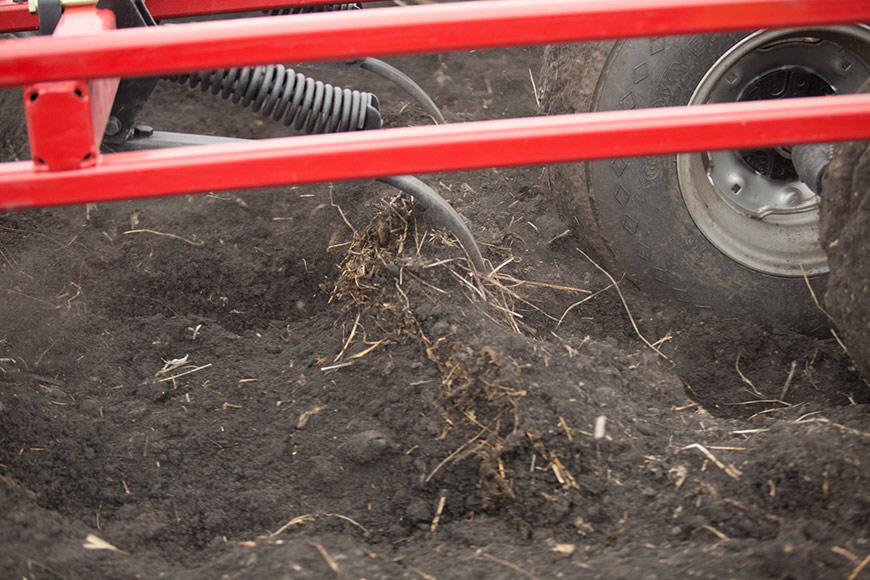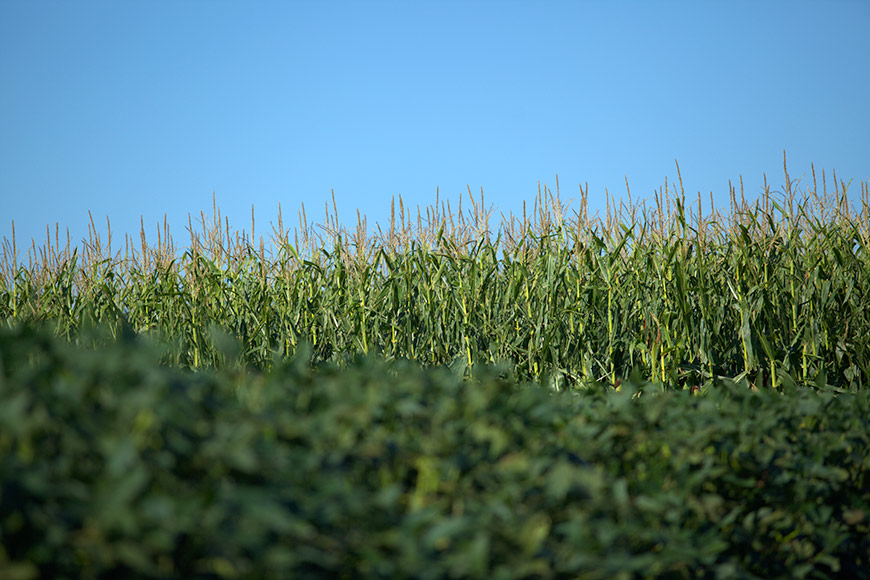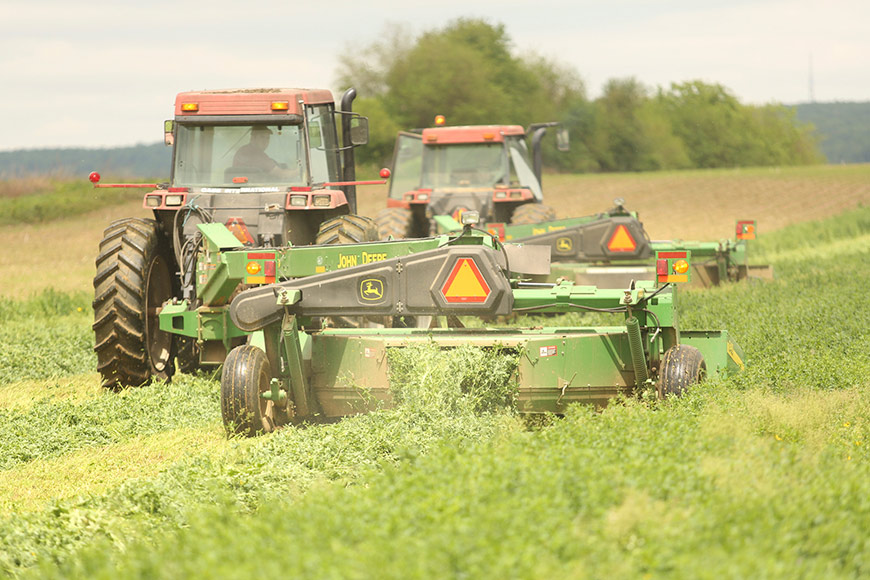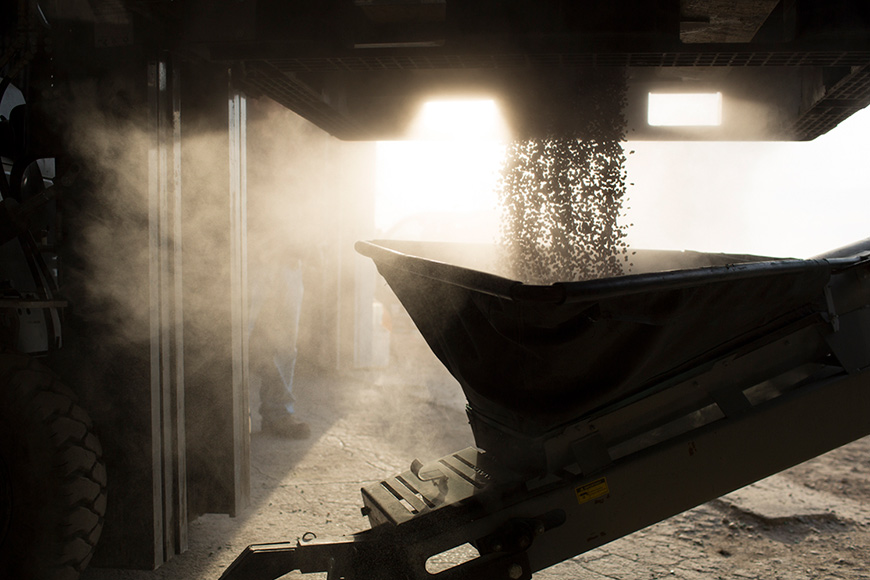Manage for More Yield on Non-Rotational Acres

The advantages of crop rotation have been well documented over the years. But market conditions and on-farm needs are pushing more farmers to skip rotations and opt for continuously cropped acres instead. If you’re one of those farmers, here are some considerations to maximize productivity on non-rotated acres.
Continuous corn acres
Research has shown that continuous corn yield penalties were more severe in areas with low moisture and low yields.1 With that in mind, it makes sense to choose high production acres for corn-on-corn rotations, if possible. Here are some other tips to maximize yield potential.
Continuous soybean acres
Pests seem to be one of the biggest yield-limiting factors for soybean-on-soybean acres. Soybean cyst nematode (SCN) is historically one of the main concerns, although many farmers aren’t testing for the pest in their fields. Here are some management practices to reduce the yield penalty associated with continuous soybean cropping.
Strategic production practices can help you get more from non-rotational acres. Consult with your local WinField United retailer to develop a comprehensive management plan that includes the proper seed choices, crop protection products and fertilization needs for your acres.
1. Seifert, C. A., M. J. Roberts, and D. B. Lobell. 2017. Continuous Corn and Soybean Yield Penalties across Hundreds of Thousands of Fields. Agron. J. 109:541-548. doi:10.2134/agronj2016.03.0134
© 2018 WinField United. CROPLAN®, WinField® and WinPak® are trademarks of WinField United.
Continuous corn acres
Research has shown that continuous corn yield penalties were more severe in areas with low moisture and low yields.1 With that in mind, it makes sense to choose high production acres for corn-on-corn rotations, if possible. Here are some other tips to maximize yield potential.
- Choose stable hybrids. Strive to find balance with a high-yielding hybrid that also carries defensive traits like strong disease and insect resistance. Trait packages that protect against above- and below-ground pests, including corn rootworm, are also a good investment for corn-on-corn acres.
- Evaluate seed treatments. The right treatment helps protect against early-season fungal diseases and insects that might be more prevalent due to the extra plant residue and added moisture in continuous cornfields.
- Apply foliar fungicides and insecticides. As insect and pathogen populations accumulate in soil and crop residue, the potential for damage and yield loss increases.
- Manage residue. Extra corn residue can result in additional challenges at planting, including wetter, cooler soils. Excess residue can also have implications for nitrogen cycling.
Continuous soybean acres
Pests seem to be one of the biggest yield-limiting factors for soybean-on-soybean acres. Soybean cyst nematode (SCN) is historically one of the main concerns, although many farmers aren’t testing for the pest in their fields. Here are some management practices to reduce the yield penalty associated with continuous soybean cropping.
- Alternate genetics. Choosing diverse seed varieties each year helps ensure common weed, insect and disease pests don’t become resistant to management strategies. WinPak® soybeans from CROPLAN® seed include a unique combination of two varieties that work together and confer different levels of protection against common diseases to help mitigate risk.
- Treat seed. Selecting soybean varieties with the right seed treatments can provide up to 40 days of protection against early-season diseases including rhizoctonia, Pythium and sudden death syndrome.
- Watch nutrient levels. Multiple years of soybean production can remove nutrients including phosphorus and potassium from the soil.
- Apply foliar fungicide and insecticide. Applications at the R2/R3 growth stage can provide extra protection against late-season pests.
Strategic production practices can help you get more from non-rotational acres. Consult with your local WinField United retailer to develop a comprehensive management plan that includes the proper seed choices, crop protection products and fertilization needs for your acres.
1. Seifert, C. A., M. J. Roberts, and D. B. Lobell. 2017. Continuous Corn and Soybean Yield Penalties across Hundreds of Thousands of Fields. Agron. J. 109:541-548. doi:10.2134/agronj2016.03.0134
© 2018 WinField United. CROPLAN®, WinField® and WinPak® are trademarks of WinField United.



.jpg?ext=.jpg)


